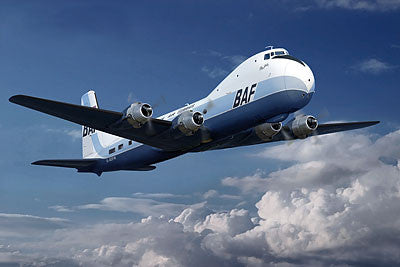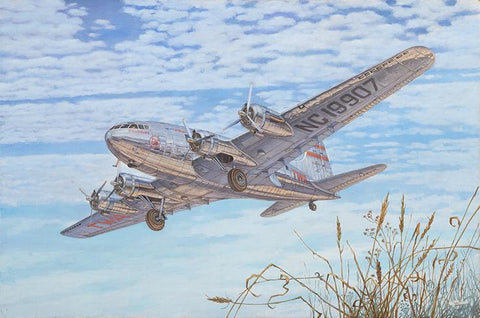
Roden Aircraft 1/48 Junkers DI Late WWI German Fighter Kit
This Product Usually Ships In 2-3 Business Days
ROD-434The first flight of the J.7, prototype of the future fighter, was in September 1917. The revolutionary design was confronted by a great variety of problems, which were atypical of conventional aircraft-vibration of wings in flight, bad controllability of ailerons, amongst others. But the biggest problem was the absence of a suitable engine, because the best engine was the Mercedes D.IIIa, which developed only 160 hp. It was enough for a traditional machine, but the completely new metal design was much heavier. Nevertheless, the aircraft was sound and not meant for aerobatics, so Junkers persevered with the new technology.
During the Second Fighter Competition in July 1918, Junkers entered into competition not only the J.7, but also the new J.9 (D I), with many modifications to the overall design: the shape of the fuselage was changed, the wing span was increased, and the ailerons also were of changed form. The greatest pilots participated in these Competitions, and their observations about the metal machines did appear disapproving-Bruno Loerzer and Hermann Goering recommended it strictly as "an airplane for struggle with balloons and airships". This low-wing monoplane, an unusual design for the time, naturally had a limited view downwards from the cockpit, and this also has resulted in disapproval from the pilots. Nevertheless the Idflieg ordered a series of 40 aircraft, but by the end of the war the Junkers firm had built only 15 machines (12 by February 1919, when all military production was stopped by order of the Allies). The affiliated company, Junkers-Fokker, constructed 13 machines of the D I type. The first aircraft had long fuselages (later ones were to the shorter design). In the beginning of October 1918 these machines were sent to the Flanders sector, but the war approached its end and the Junkers D I was not in time to take much part in the fighting. In conditions of autumn rain Junkers' aircraft had essential advantages over wood and linen types-metal machines were not subject to the whims of the weather, while the canvas and wood of other machines deteriorated all too quickly.
After the end of the war the Junkers aircraft had an opportunity once again to prove their advantages: German air forces assisted the governments of the Baltic countries in their struggle against Russia in the spring of 1919. The commander of the division, Lt. Gotthard Sachsenberg, remarked that the metal Junkers D I was the best choice for the constantly adverse weather conditions.
Without doubt only two events were truly radical advances in aircraft technology during the First World war-the invention of the gun synchronizer, and the creation of completely metal aircraft designs. The further development of fighter aviation was determined by these two events, and consequently Hugo Junkers rightfully became regarded as one of the parents of modern aircraft.






